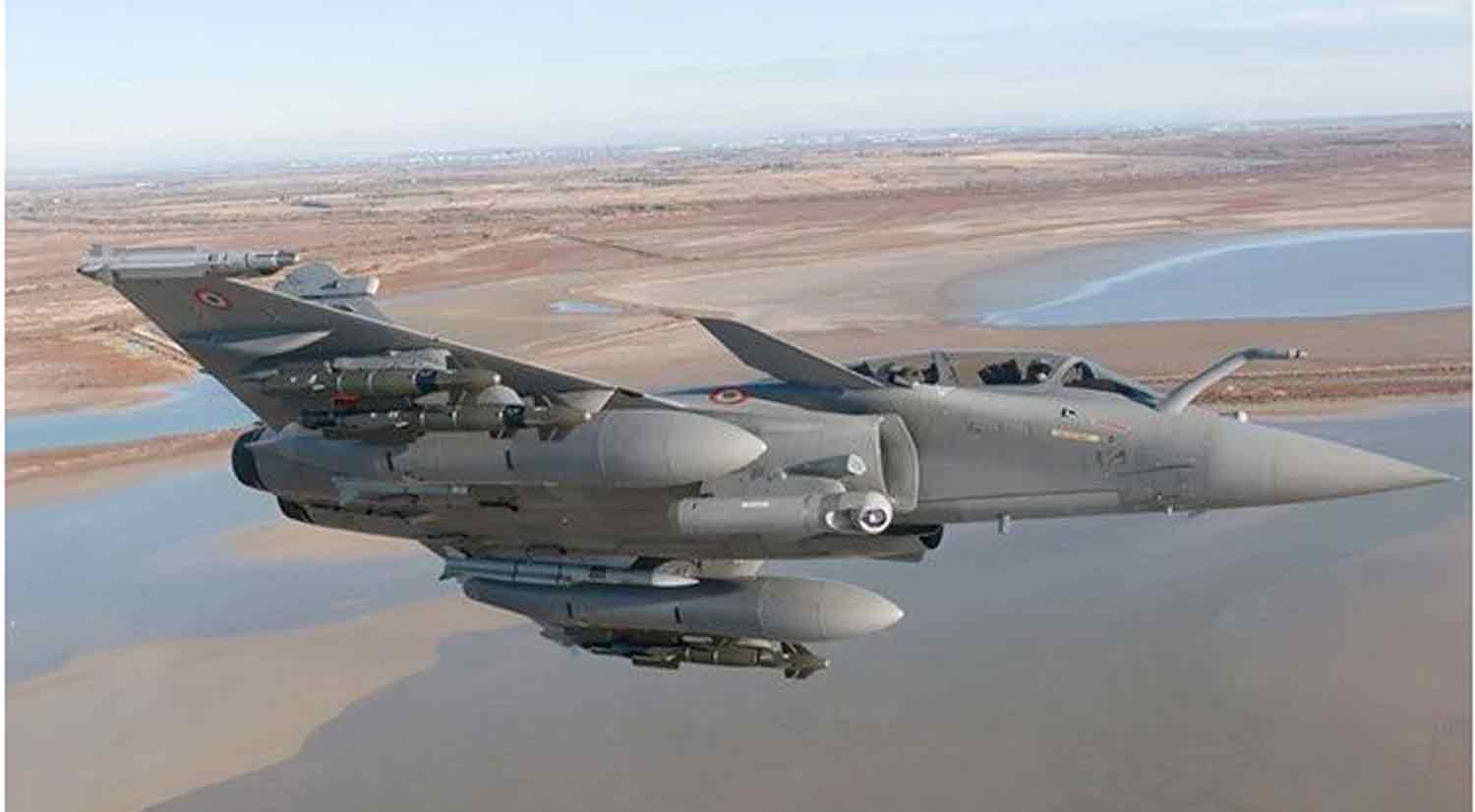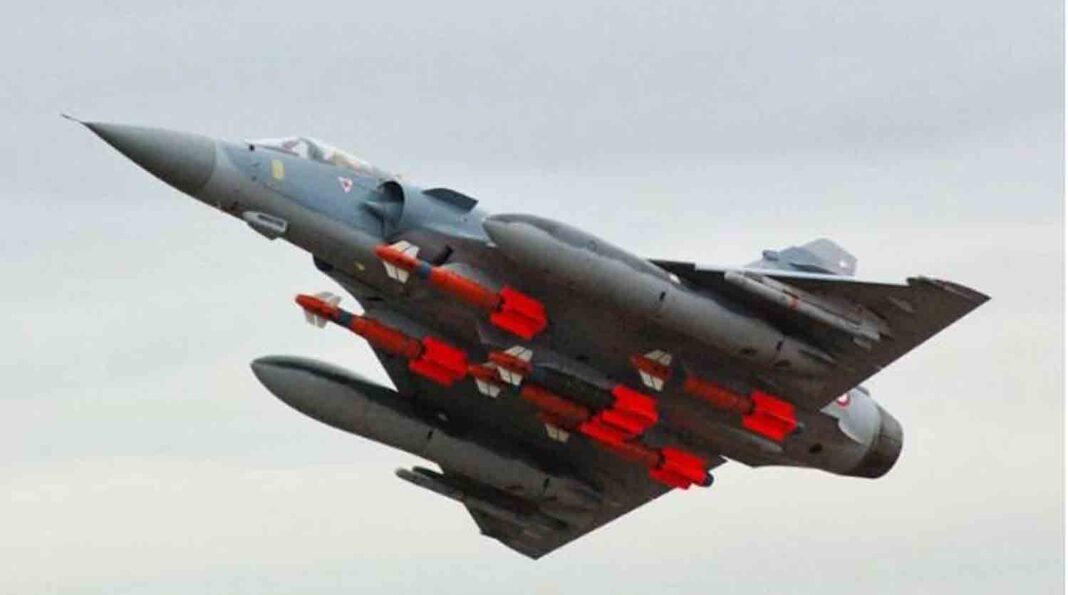France is poised to transform aerial combat with the introduction of the Rafale F5, a sophisticated advancement of its already impressive fighter jet. Eric Trappier, the CEO of Dassault Aviation, has expressed confidence in obtaining a development contract from the French government soon, which would facilitate the Rafale F5 program’s progression towards its expected operational debut by 2030.
This “Super Rafale” aims to exceed the capabilities of the existing F4 variant and compete directly with the formidable American F-35, as Dassault Aviation and the French defense sector strive to restore their position in the realm of global air superiority.
For an extended period, the Lockheed Martin F-35 has eclipsed the Rafale in the international arena, consistently winning contracts. However, France is making a determined comeback. The Super Rafale represents more than a mere enhancement; it signifies a strategic initiative to reclaim lost influence and reaffirm France’s technological and military strength on the world stage.
Dassault Aviation has faced challenges, suffering setbacks in fighter jet competitions throughout Europe, including losses to neighboring countries. Nevertheless, while the F-35 has prevailed in Europe, the Rafale has established a robust presence in the Middle East and Asia, securing significant agreements, such as a major contract with Indonesia.
Dassault is not satisfied with merely achieving partial successes. The setbacks in Europe have prompted an extraordinary initiative—the development of the “Super Rafale,” a next-generation combat aircraft specifically engineered to challenge the F-35.
The Super Rafale transcends the role of a traditional fighter jet; it is being crafted as a force multiplier, designed to operate alongside loyal wingman drones, including the sophisticated “nEUROn” unmanned combat air vehicle (UCAV). Pilots will have the ability to control their drone companions in real-time, executing coordinated attacks with unmatched accuracy, while the nEUROn maintains its own operational independence, transforming the Super Rafale into a cohesive combat network.
This is merely the outset. The Super Rafale will be equipped with:
– Advanced electronic warfare capabilities that can neutralize enemy radar and disrupt hostile defense systems.
– A robust “self-defense bubble”—an innovative active protection system that safeguards the aircraft and its allied assets from adversarial threats.
– New state-of-the-art missile systems, including the Future Cruise Missile (FCM) and Future Anti-Ship Missile (FASM), which will replace the outdated SCALP/Storm Shadow and AM39 Exocet, providing formidable long-range strike capabilities.
The Super Rafale represents more than just a conventional combat aircraft; it is engineered to deploy the next-generation ASN4G hypersonic nuclear missile, a formidable successor to the ASMPA, positioning itself as France’s premier airborne deterrent. However, its role extends beyond that of a mere fighter jet.
French defense analysts indicate that the Super Rafale will function as a crucial element within a broader, integrated warfare framework known as “Club Rafale.” This system is designed to enable various platforms to collaborate seamlessly, ensuring dominance on the battlefield.
As reported by Meta Defense, the Super Rafale will transcend the capabilities of a standard fighter jet, evolving into a comprehensive aerial combat system that integrates state-of-the-art artificial intelligence, advanced networking, and next-generation armaments into a singularly powerful war machine.
Currently, the French Air Force operates the Rafale F3R and is in the process of transitioning to the Rafale F4. However, the future is poised for the Super Rafale. With development slated to commence next year and full operational capability expected by 2030, France is signaling a clear message: the era of the Super Rafale is on the horizon, and it is set to challenge the F-35.
Discover more from Defence Talks | Defense News Hub, Military Updates, Security Insights
Subscribe to get the latest posts sent to your email.





